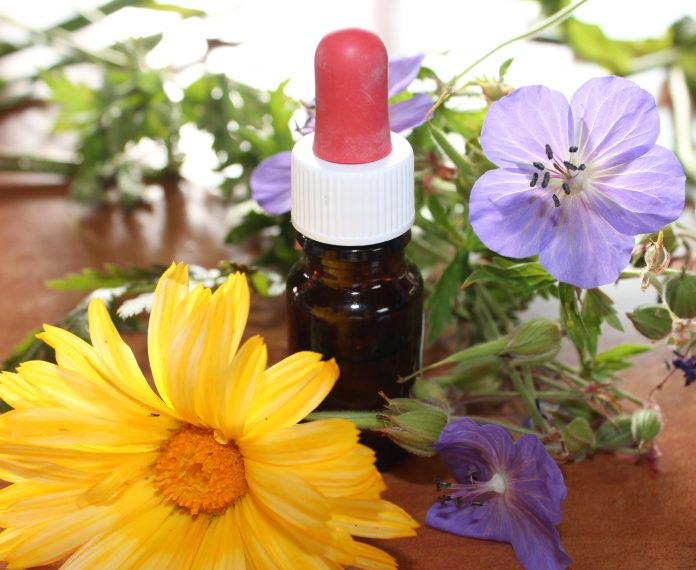
It was the German physician Rudolf Fritz Weiss who invented the term “phytotherapy” in the 20th century and introduced it to the German-speaking world. Phytotherapy, or herbal medicine, is one of the oldest existing therapies. It can be found on all continents and in all cultures. This herbal medicine refers to the use of medicinal plants as medicines for the prevention and therapy of diseases. Herbal remedies can be prescribed without any particular proof of effectiveness.
Components of phytotherapy
- Herbal medicine or pharmacognosy: It is the science of medicinal plants, i.e. the knowledge of the ingredients and effects of the different plants used for healing;
- Pharmacology: the science of the interaction between substances and living organisms;
- Pharmacy: the study of medicine;
- Toxicology: the study of toxins.
Together with homeopathy and anthroposophical medicine, phytotherapy is one of the three forms of therapy recognized outside conventional medicine. In phytotherapy, either whole plants or parts of plants such as roots, bark, seeds or leaves can be used. These are prepared in the form of juices, infusions, extracts, teas, essential oils, ointments or tinctures. But unlike conventional medicine, the individual active ingredients of the plants are not isolated.
In order to understand pythotherapy it is imperative to know the importance of chlorophyll. It is a vegetable dye that causes the green coloration of many plants. The chemical structure of this dye is very similar to the hemoglobin of the red pigment in the blood.
Chlorophyll is essential for photosynthesis and is found in plants and algae. During photosynthesis, green plant cells convert light energy into a chemical energy that can be used by all living organisms: glucose, which is a carbohydrate. Only plants, algae and certain micro-organisms are capable of this special synthesis. The effect of medicinal plants is based on various active components and the most common are bitter-tasting substances and mucilages.
Bitter substances
There are three groups of plants that have a curative effect because of their bitter-tasting ingredients:
- Medicinal plants based on pure bitter substances
- Medicinal plants containing bitter substances in combination with essential oils
- Medicinal plants that contain active ingredients with a bitter and pungent taste
Pure bitter substances are used to stimulate appetite and support digestive functions because they irritate the taste buds of the back of the tongue and cause an increase in the formation and secretion of digestive juices, especially in the stomach. Knapweed and yellow gentian, the best known of this group of medicinal plants, have their effect mainly based on the bitter substances amarogentin and gentiopikrin. Knapweed contains its bitter substances in the stems and flowers, while gentian contains them in the root. These medicinal plants are also used as tonic and stimulating drugs for convalescence and nervous fatigue.
Thanks to the supporting role of essential oils, the bitter substances that are combined with these oils have an effect on the secretion of gastric juice and have a tonic effect. They promote intestinal, biliary and liver functions and benefit from the antibacterial properties of essential oils. The slightly diuretic effect of these plants is generally well appreciated. In this group of plants we find: mugwort, wormwood, angelica, benedictine herb and bitter orange.
Bitter substances that are combined with substances with a pungent taste promote circulation. Some examples are pepper, ginger and galangal. A traditional use of bitter herbal preparations is the bitter evening salad with endive or chicory. Both plants contain bitter lactanes, which is said to promote sleep. The biliary effect of dandelion and artichoke is another effect of bitter substances used in food. Cynarin, the bitter substance in artichoke, also helps to lower cholesterol levels because it inhibits the breakdown of fats during digestion and the release of accompanying substances such as cholesterol. Together with the cholesterol that the liver uses to produce bile acids, this helps to lower blood cholesterol levels.
Mucilages
Now that we’ve gone through the bitter substances, let’s look at the useful mucilages. In medicine, mucilage or vegetable slime is a substance that contains carbohydrates and swells considerably when water is added, forming a gelatinous mass. In many cases mucilages support the effect of the respective main ingredients, but for some plants mucilages are the predominant active ingredient. Examples are mullein, Iceland moss, marshmallow, mallow, coltsfoot and linseed. The main property of mucilage is that it forms a thin protective film on irritated mucous membranes and thus prevents further irritation. It is this property that is used in flaxseed to relieve inflammation of the mucous membranes of the stomach.
Plant mucilages only exert their effect locally on the mucous membrane because they are not absorbed by the body through the intestinal wall. However, if we take the example of flaxseed, as it binds a lot of liquid (which is why you should always drink a lot when you take flaxseed), it also has a slight laxative effect. That’s the reason why, in addition to being eaten pure, it is also often consumed as a supplement to yoghurt, sour milk or muesli.
As for Iceland moss and coltsfoot, it is their cough suppressant effect that is well known. Here too, the mucilage will serve as protection on the mucous membrane of the throat or epiglottis. It is also good to know that mucilage reduces the sensation of taste, especially for acidic sensations. This is why mucilaginous fruits such as raspberries, despite their low sugar content, have a sweeter taste than gooseberries, which are low in mucilaginous substances.





